Plantar pressure measurement involves the precise recording and analysis of pressure distribution, dynamic changes, and related biomechanical parameters of the foot in contact with the ground, using specialized equipment. This technology combines modern biomechanics with measurement techniques, offering critical support to fields such as medical diagnostics, rehabilitation, sports science, and product design. The following discussion explores the significance and specific application scenarios of plantar pressure measurement from multiple perspectives.
Medical Diagnosis and Foot Disease Assessment
Plantar pressure measurement plays a crucial role in medical diagnostics. By analyzing the distribution and changes in plantar pressure, various foot disorders and abnormal gait patterns can be identified. For instance, conditions such as flat feet, high arches, and plantar fasciitis often exhibit significant deviations in plantar pressure distribution compared to normal individuals. These precise measurements provide valuable diagnostic insights for healthcare professionals.
Additionally, plantar pressure measurement can assess the impact of systemic issues such as lower limb alignment abnormalities or scoliosis. Observing gait patterns and pressure changes helps identify compensatory mechanisms within the skeletal or muscular systems, enabling early detection and intervention.
Rehabilitation Therapy and Progress Evaluation
Plantar pressure measurement is extensively used in rehabilitation medicine. In recovery processes following strokes, cerebral palsy, or lower limb surgeries, gait training is a key component. Real-time recording of parameters such as stride length, walking speed, and gait symmetry through plantar pressure measurement helps evaluate the effectiveness of rehabilitation programs. For instance, asymmetric gait patterns may indicate insufficient recovery, necessitating adjustments to the rehabilitation plan.
For users of prosthetics or orthotic devices, plantar pressure measurement can also evaluate the compatibility of assistive equipment. Design optimization and adjustments can enhance the comfort and functionality of prosthetics or orthotics, improving walking efficiency and overall quality of life for patients.
Optimizing Athletic Performance and Preventing Sports Injuries
In sports science, plantar pressure measurement aids in optimizing performance and reducing the risk of injuries. During intense training sessions, the pressure distribution on the foot can reflect the efficiency or potential flaws in movement patterns. For example, uneven force distribution during running may lead to energy wastage or even stress injuries.
By analyzing plantar pressure data, sports scientists and coaches can identify potential issues and make targeted adjustments to training, such as improving landing techniques or modifying stride patterns, thereby enhancing athletic performance. Moreover, abnormal pressure distribution can highlight high-risk areas, such as excessive stress on certain parts of the foot, helping prevent common injuries like plantar fasciitis and shin splints.
Personalized Orthotic Insole Design
Plantar pressure measurement data forms the foundation for designing customized orthotic insoles to optimize pressure distribution on the foot and alleviate pain or discomfort in specific areas. For example, flatfoot patients can benefit from adjustments to arch support height and position, reducing fatigue and improving gait.
This personalized approach also plays a critical role in managing chronic conditions. Diabetic patients, for instance, can use orthotic insoles to reduce high-pressure points, preventing ulcers and minimizing the risk of complications, thus improving their quality of life.
Footwear and Product Design
Plantar pressure measurement is becoming increasingly vital in footwear design. By analyzing the pressure characteristics of various activities, such as running or hiking, designers can optimize the structure and materials of shoe soles to enhance comfort and functionality. This approach is not limited to athletic shoes but also extends to professional and specialized footwear.
In prosthetic and orthotic device development, plantar pressure measurement provides scientific insights into biomechanical parameters, leading to products that better meet ergonomic needs and offer improved user experiences.
Education and Research Support
Plantar pressure measurement is a key tool in the fields of biomechanics, sports medicine, and rehabilitation research. Researchers analyze pressure distribution data to explore the underlying causes of gait abnormalities, offering theoretical foundations for advancements in medical and rehabilitation sciences.
Moreover, this technology is widely used in teaching practices, helping students intuitively understand complex biomechanical concepts through practical applications.
Plantar pressure measurement, with its high precision and multidimensional data analysis capabilities, holds significant value in medicine, sports science, rehabilitation engineering, and product design. It aids in diagnosing diseases, evaluating rehabilitation outcomes, optimizing athletic performance, minimizing injury risks, and advancing personalized product development. With ongoing technological advancements, the application scope of plantar pressure measurement will expand further, contributing to improvements in human health and quality of life.

 +86-0755-86131192
+86-0755-86131192 2025-01-15
2025-01-15 Back to list
Back to list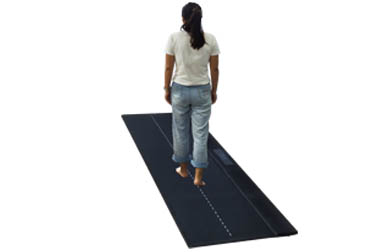
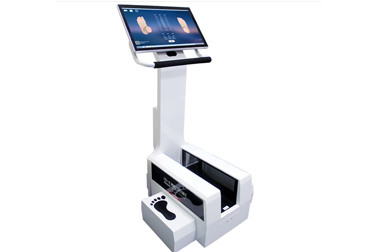
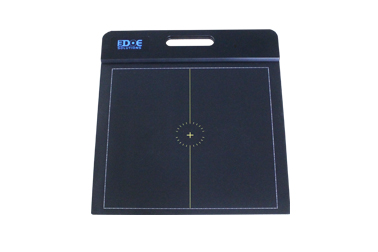
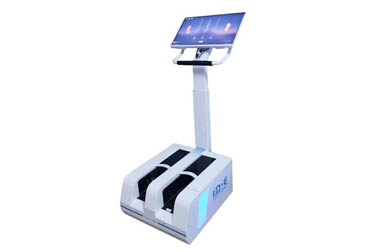
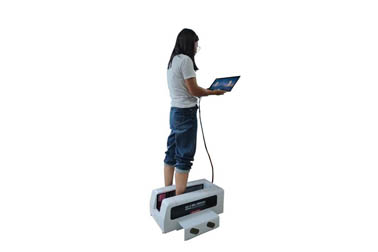



 +86-0755-86131192
+86-0755-86131192